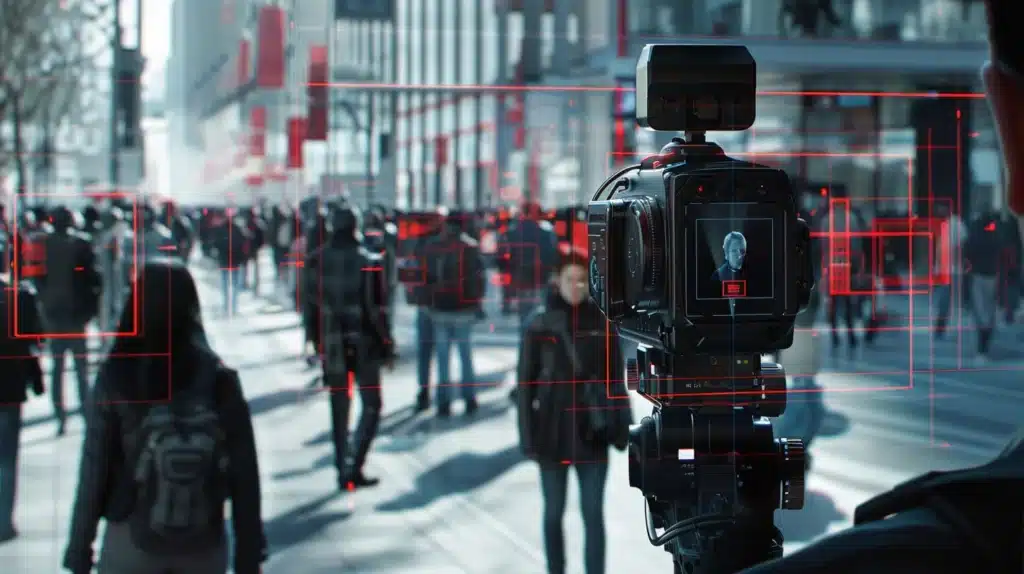Introduction
Public safety is one of the most essential pillars of a thriving society. For Oman, a nation known for its rich heritage, breathtaking landscapes, and rapidly developing economy, safeguarding its citizens and visitors has always been a national priority. In recent years, technology has emerged as a powerful enabler in reshaping the way public safety is approached, implemented, and sustained. From modern surveillance networks to artificial intelligence-driven emergency responses, Oman is experiencing a digital transformation that is not only making its cities safer but also preparing them for the challenges of the future.
Technology is no longer limited to convenience; it has become a critical partner in ensuring protection, quick response, and seamless coordination between public institutions and communities. By embracing innovation, Oman demonstrates how forward-thinking strategies can create a safe and secure environment for all.
Digital Transformation in Public Safety
Digital transformation is a broad term, but in the context of public safety, it means integrating cutting-edge solutions to monitor risks, prevent incidents, and improve responses. Oman’s public institutions have recognized that conventional methods alone are not sufficient in a world where threats are increasingly complex and unpredictable.
By leveraging cloud technologies, data analytics, and AI, Oman is building systems that provide real-time insights. These digital solutions empower authorities to detect unusual patterns, anticipate risks, and act proactively. This shift from reactive to predictive strategies has proven to be a game-changer, allowing safety officials to not only respond quickly but often prevent emergencies altogether.
Smart Surveillance and Monitoring
One of the most visible applications of technology in public safety is the deployment of smart surveillance systems. In Oman, advanced CCTV networks equipped with high-definition cameras and AI-based recognition tools are increasingly becoming part of urban planning. These systems can automatically detect suspicious behavior, identify traffic violations, or track lost individuals in crowded areas.
The benefit goes beyond monitoring. By integrating these cameras with command centers, authorities gain a bird’s-eye view of real-time situations, allowing them to allocate resources efficiently. For example, if congestion is detected on a busy road, officers can be dispatched promptly to ease traffic or attend to an accident. Such integration makes public safety less about manpower alone and more about intelligent decision-making backed by technology.

Emergency Response Systems
Emergencies whether natural disasters, accidents, or medical crises require rapid response. Oman has invested in modern emergency management platforms that connect multiple stakeholders, from hospitals and police to fire departments and disaster management authorities. These platforms ensure information flows seamlessly, reducing delays that could cost lives.
Mobile applications also play a vital role in this space. Citizens can report emergencies directly through apps, share their live locations, and receive immediate guidance. This community-driven involvement supported by technology creates a stronger partnership between authorities and the public, reinforcing the idea that safety is a shared responsibility.
Cybersecurity as Public Safety
In the modern age, threats to safety are not limited to physical spaces. Cybersecurity has emerged as an equally critical component of national security. Oman’s digital economy and increasing reliance on online services make it necessary to protect sensitive data and digital infrastructures from malicious attacks.
Investments in robust cybersecurity frameworks not only secure government databases and communication networks but also shield citizens from fraud and cybercrime. Initiatives such as digital awareness campaigns and cybersecurity education programs ensure that people understand how to stay safe in the digital world. By treating cybersecurity as part of public safety, Oman strengthens the resilience of its society against invisible threats.
AI and Predictive Policing
Artificial intelligence is redefining policing worldwide, and Oman is no exception. Predictive policing tools use data from past incidents to identify patterns and forecast where crimes are most likely to occur. This allows law enforcement agencies to deploy resources more effectively, focusing on areas that require the most attention.
AI-driven analytics also help in investigating cases by processing vast amounts of data in record time. Facial recognition systems, vehicle tracking technologies, and natural language processing tools for monitoring suspicious online activity all enhance the capacity of law enforcement. Importantly, these technologies are not meant to replace human judgment but to augment it, enabling officers to make informed decisions quickly.
Drones and Robotics in Safety Operations
Oman’s rugged terrain, vast deserts, and coastline pose unique challenges for safety operations. Drones and robotics provide an innovative solution to these challenges. Equipped with cameras and sensors, drones can cover large areas that are difficult to reach by foot or vehicle. They are particularly useful in search-and-rescue missions, traffic monitoring, and border surveillance.
Robotics also play a role in hazardous environments. From handling dangerous substances to assisting in firefighting, robots minimize risks to human personnel while ensuring critical operations are carried out effectively. These technologies highlight how innovation can reduce risks and enhance efficiency simultaneously.
Smart Transportation and Road Safety
Road safety is a major concern in every country, and technology has made remarkable contributions in this field. In Oman, smart traffic systems powered by sensors and AI help reduce congestion and monitor road conditions in real time. Automated speed-detection cameras, digital signboards, and integrated GPS navigation tools contribute to reducing accidents.
Additionally, driver-assistance technologies, such as lane-departure alerts and collision-avoidance systems, are becoming increasingly popular in private vehicles. These systems not only make driving safer but also contribute to the overall culture of responsible road use. Combined with public awareness campaigns, technology in transportation is significantly reducing risks on Omani roads.
Healthcare and Public Safety
Public safety extends beyond crime prevention and traffic management it also involves the health and well-being of citizens. Oman’s healthcare sector has embraced digital solutions such as telemedicine, remote patient monitoring, and AI-based diagnostics. These technologies ensure that medical support is accessible even in remote regions, reducing risks related to delayed treatment.
During times of health crises, such as pandemics, digital healthcare systems play an even greater role. Contact-tracing apps, automated reporting, and data-driven vaccination strategies exemplify how technology supports not just individual safety but collective resilience.
Community Engagement Through Technology
Public safety thrives when citizens are actively involved. Technology has created new platforms for engagement, enabling Omani citizens to play a participatory role. Social media, mobile applications, and online portals allow people to report issues, share feedback, and stay informed about safety protocols.
This two-way communication builds trust between authorities and communities. People feel empowered when they know their voices are heard, and authorities gain valuable insights from real-time feedback. This collaborative approach makes public safety a shared journey rather than a top-down process.

The Role of Education and Awareness
Technology on its own cannot ensure safety unless people are educated on how to use it effectively. Awareness campaigns and training programs in Oman focus on teaching citizens about cybersecurity, responsible driving, emergency preparedness, and safe use of digital platforms.
Schools and universities are also incorporating safety awareness into their curriculums, ensuring that future generations are not only digitally skilled but also safety-conscious. These efforts highlight how technology and education go hand in hand in building a safer society.
Challenges in Implementing Safety Technology
While the benefits of technology are undeniable, Oman also faces challenges in its implementation. High costs, the need for skilled professionals, and concerns about privacy are some of the hurdles that must be addressed.
Balancing safety with individual rights is especially important when using surveillance and AI-driven tools. Transparent policies and ethical guidelines are crucial to ensure that technology is used responsibly. Moreover, continuous investment in training and infrastructure is needed to maximize the effectiveness of these systems.
Future Prospects for Oman’s Safety Technology
Looking ahead, Oman’s journey in integrating technology with public safety is set to accelerate. Emerging innovations such as 5G connectivity, Internet of Things (IoT) devices, and advanced biometrics will further enhance the country’s ability to safeguard its citizens.
Smart cities, which combine data-driven governance with sustainable living, are likely to play a central role in Oman’s future. By embedding sensors, automated systems, and intelligent platforms into the very fabric of urban life, Oman can create environments where safety is not an afterthought but an integral design element.
Conclusion
The role of technology in enhancing Oman’s public safety is profound and transformative. From predictive policing and emergency response systems to drones, AI, and smart healthcare, innovation is reshaping how the nation protects its people. While challenges remain, Oman’s commitment to embracing technology ensures a safer, more resilient, and forward-looking society.
Public safety is not just about preventing harm it is about enabling people to live with confidence, freedom, and peace of mind. Technology, when combined with human judgment and community participation, becomes a powerful ally in achieving that vision. Oman’s path serves as an inspiring example of how innovation can safeguard tradition while preparing a nation for a brighter, safer future.
Also Read – Oman’s Bold Push to Empower Fintech and Attract Global Investors



